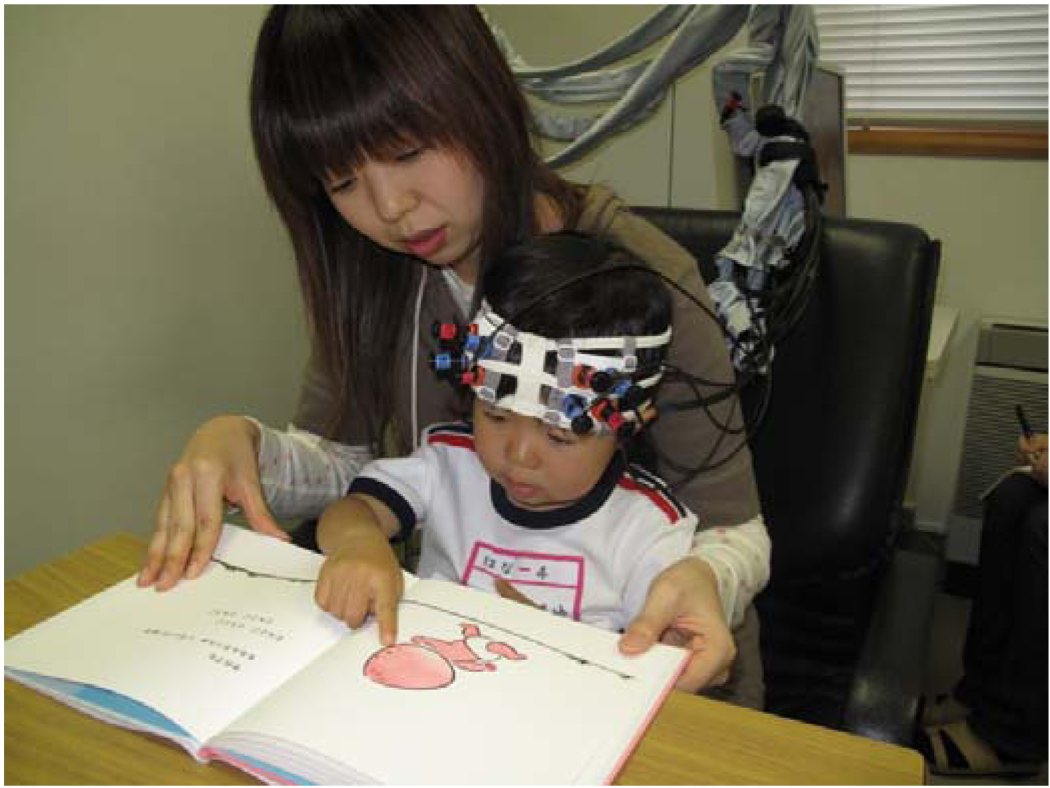Figure 1. Experimental set-up and procedure.
Brain activation was measured using a Hitachi ETG-100 optical topography system, in which two probes arrayed 2×2, and mounted on a flexible cap, were placed over the right and left frontal areas of each child’s head.
| Task | Non-task interval (baseline) |
Task stimulation | Non-task interval (baseline) |
Task stimulation |
|---|---|---|---|---|
| Duration (Sec) | 60 | 180 | 60 | 180 |
Task 1 (picture book reading) was engagement in picture book reading with their mothers. Task 2 (video viewing) was viewing of the book-on-video (included generic female voice) on a 19-inch LCD monitor. Duration of task stimulus was 180 sec, preceded by a 60-sec non-task interval. During the non-task interval, meaningless animation was displayed on the monitor. Children were randomized to begin with Task 1 followed by Task 2, or to begin with Task 2 followed by Task 1. Each child was given one trial.

